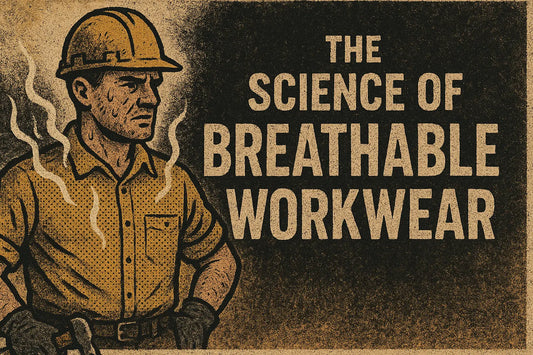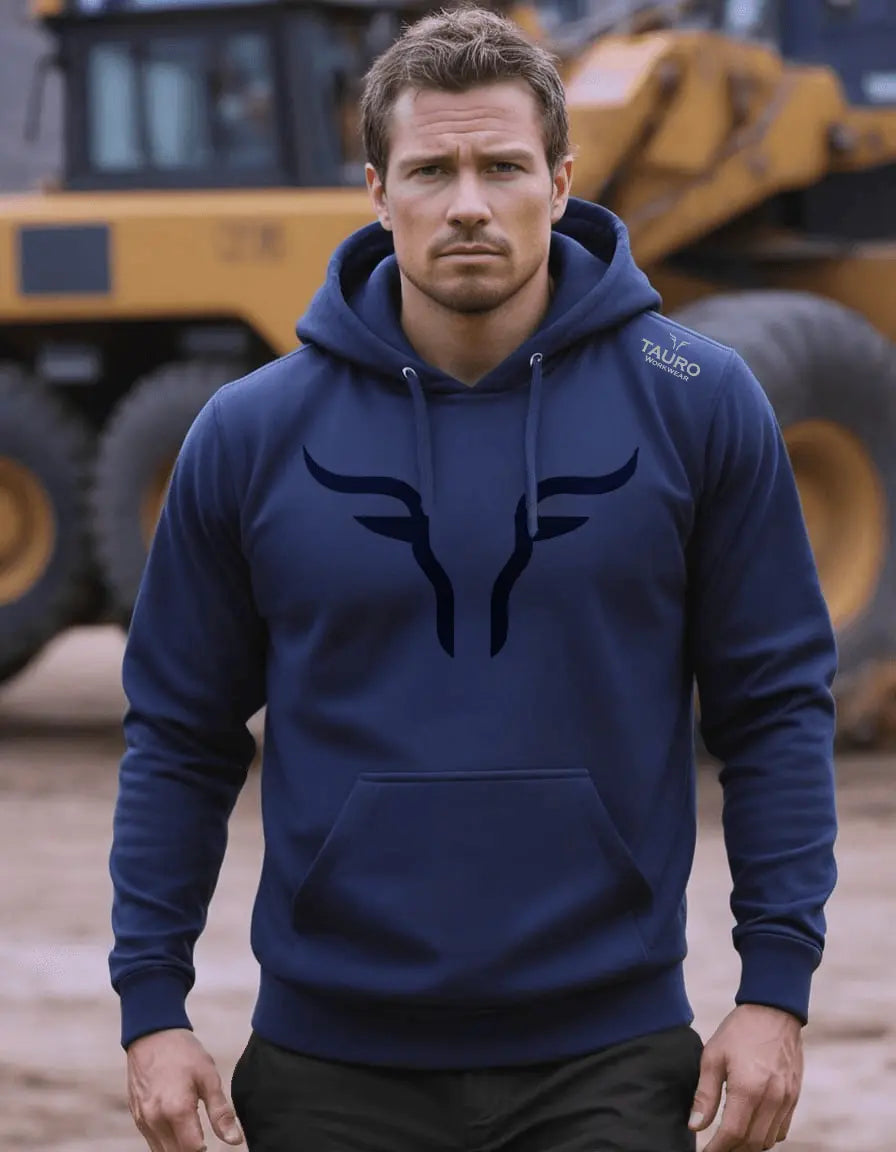
Winter Workwear: Staying Warm and Dry
As winter draws closer, the challenges for tradespeople working outdoors increase significantly. From the biting cold to icy surfaces, these conditions not only test your endurance but also pose serious risks to safety and productivity. Ensuring you are equipped with the right winter workwear is critical—not just for comfort, but also for maintaining performance and health during the coldest months of the year. In this article, we explore the crucial aspects of winter workwear, from layering techniques to material choices, and highlight essential items that every tradesperson should have in their wardrobe.
Why Winter Workwear is Essential for Safety and Efficiency
Working in cold environments is more than just an uncomfortable experience; it can be dangerous. The Health and Safety Executive (HSE) emphasizes that exposure to cold can significantly impair cognitive function and physical dexterity, leading to an increased risk of accidents. Cold stress can cause conditions such as hypothermia, frostbite, and exacerbate chronic health issues like arthritis. For tradespeople, who often work in harsh outdoor conditions, the right winter workwear is essential for staying warm, safe, and productive.
Winter workwear not only protects you from the elements but also ensures you remain mobile and efficient, reducing the risk of errors and injuries that could occur when your body is not functioning optimally due to cold exposure.
The Layering System: The Best Defense Against Cold Weather
Layering is a well-established strategy for cold-weather dressing, and it's essential for tradespeople who face fluctuating temperatures and physical demands throughout the day. The concept is simple: wear multiple layers of clothing that you can add or remove as needed to regulate your body temperature.
- Base Layer: The base layer is your first line of defense against the cold. It should wick moisture away from your skin to keep you dry, which is crucial for maintaining warmth. Merino wool or synthetic fabrics are excellent choices. These materials outperform cotton, which can retain moisture and cause you to feel colder.
- Mid Layer: The mid-layer provides insulation. Fleece is a popular choice because it traps heat while allowing moisture to escape. Studies from the Journal of Applied Physiology support the use of fleece for its superior thermal insulation properties. A fleece jacket or thermal sweatshirt can provide the necessary warmth without adding bulk.
- Outer Layer: The outer layer is your shield against wind, rain, and snow. Materials like GORE-TEX are highly recommended because they are waterproof, windproof, and breathable. Look for jackets that combine these materials with reinforced seams and heavy-duty zippers, which are designed to withstand harsh outdoor conditions.
Essential Winter Workwear Items for Tradespeople
For comprehensive protection against winter weather, consider adding these key items to your workwear arsenal:
- Insulated Work Jacket: A high-quality, insulated jacket is non-negotiable. Look for features like reinforced elbows and heavy-duty zippers to ensure durability.
- Thermal Work Trousers: Regular work trousers won’t cut it in winter. Opt for thermal-lined trousers with built-in knee pads, which are essential for comfort during tasks that require prolonged kneeling.
- Waterproof Thermal Boots: Cold feet can quickly sap your energy and focus. Waterproof, insulated boots with slip-resistant soles are crucial for maintaining warmth and safety on icy surfaces.
- Thermal Socks: Avoid cotton socks, which can retain moisture. Wool or wool-blend thermal socks are the best option for keeping your feet warm and dry throughout the day.
- Insulated Gloves: Your hands are your tools, and keeping them warm and nimble is essential. Look for gloves that balance insulation with dexterity, allowing you to maintain control over your tools.
- Headgear: A significant amount of body heat is lost through the head. A thermal beanie or hat, along with a balaclava or neck gaiter for added protection against wind chill, is crucial.
- Hi-Vis Gear: With shorter days and reduced visibility, high-visibility gear becomes even more critical. Ensure your workwear includes reflective strips to keep you safe in low-light conditions.
Choosing the Right Materials for Winter Workwear
The materials you choose for your winter workwear will significantly impact its effectiveness. Here are some of the best options:
- Merino Wool: Ideal for base layers due to its natural warmth, moisture-wicking properties, and odor resistance. Merino wool is perfect for long days in cold environments where staying dry is key to staying warm.
- Fleece: Fleece is recommended for mid-layers because it provides excellent insulation without the bulk, making it easier to move and work in.
- GORE-TEX: This material is unbeatable for outer layers, offering top-tier protection against wind and water while remaining breathable, preventing you from overheating.
- Thinsulate: Commonly used in gloves and boots, Thinsulate provides warmth without excessive bulk, allowing for better dexterity and comfort during work.
Caring for Your Winter Workwear
Proper maintenance is essential to ensure your winter workwear lasts throughout the season and beyond. Here are some tips:
- Washing: Always follow the manufacturer’s care instructions. Use specialized detergents for technical fabrics to preserve their water-resistant and insulating properties.
- Reproofing: Over time, waterproof materials may lose their effectiveness. Periodically reproof your gear using appropriate products to maintain its protective qualities.
- Drying: Air-dry your workwear whenever possible. Avoid tumble drying, which can damage the fabric and reduce the lifespan of your gear.
- Storage: Store your winter workwear in a cool, dry place to prevent mold and mildew, which can degrade the materials over time.
The Cost of Being Unprepared
Failing to invest in proper winter workwear can have serious consequences. The Occupational Safety and Health Administration (OSHA) warns that inadequate protection against cold weather can lead to hypothermia, frostbite, and other severe health issues. Additionally, the discomfort caused by insufficient clothing can reduce your productivity and increase the likelihood of errors, which could be costly for both you and your employer.
Conclusion: Prepare Now, Work Smart This Winter
With winter fast approaching, now is the time to assess your workwear and make the necessary upgrades. By investing in high-quality, winter-specific gear, you can ensure that you remain warm, safe, and productive throughout the season. Follow the expert advice on layering, material selection, and maintenance to get the most out of your winter workwear.
Remember, being prepared is not just about staying warm—it's about working smart and staying safe in cold weather conditions.
References:
- Health and Safety Executive (HSE)
- Journal of Applied Physiology
- Popular Mechanics
- Journal of Occupational and Environmental Hygiene
- Consumer Reports
- Mayo Clinic
- National Institute for Occupational Safety and Health (NIOSH)
- Harvard Medical School
- Tauro Workwear




